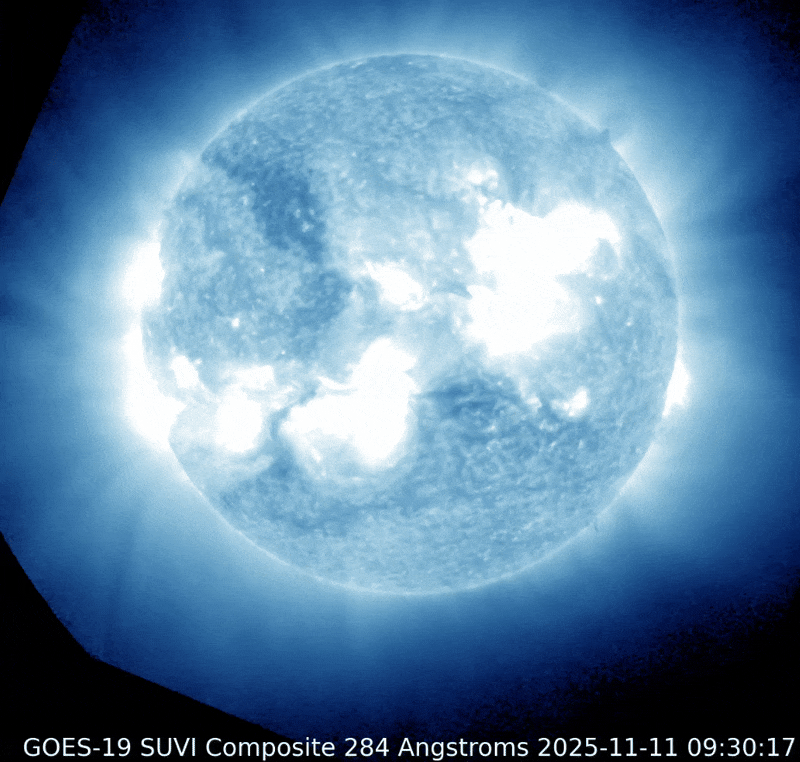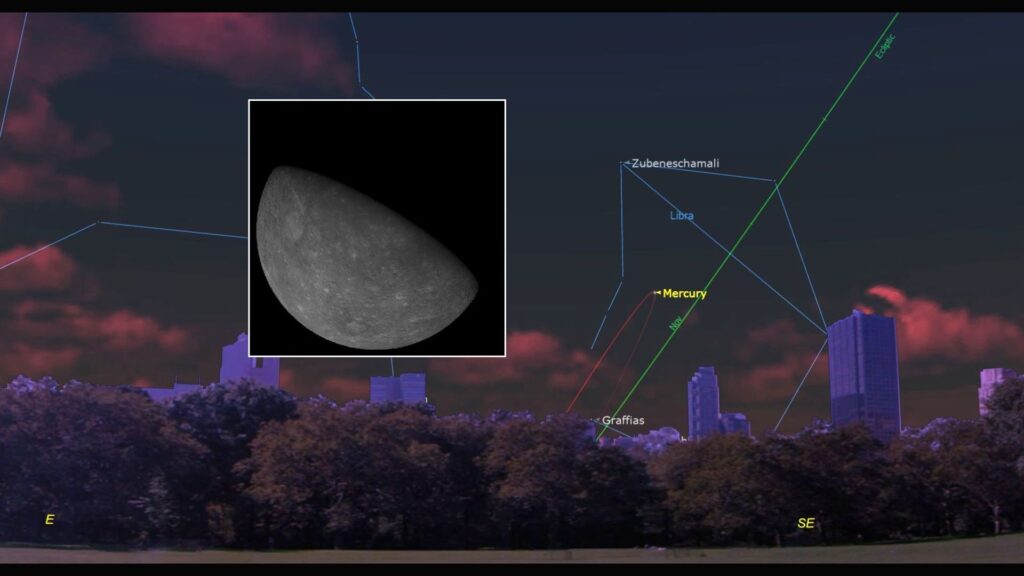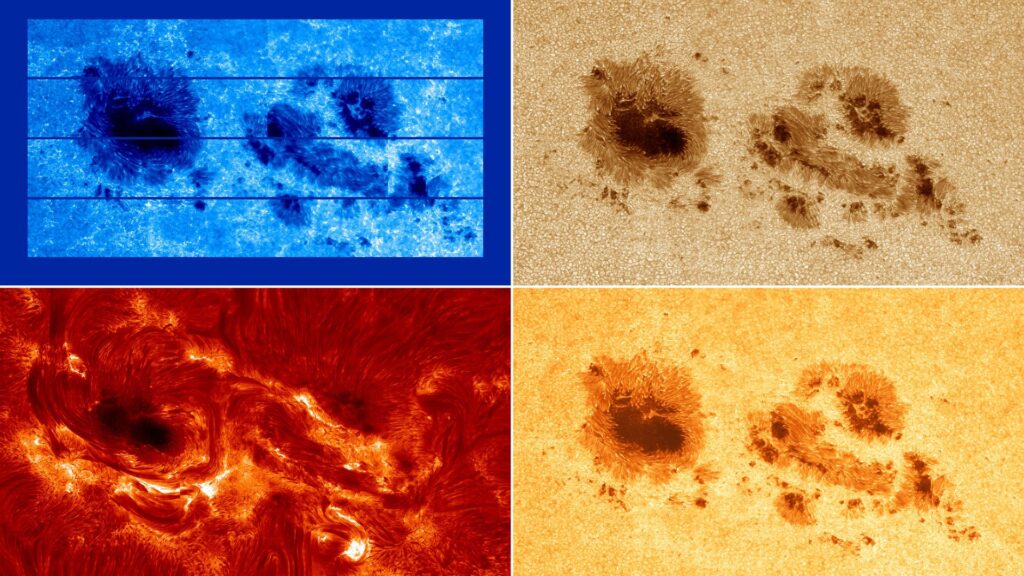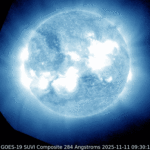Now Reading: James Webb Space Telescope finds coldest exoplanet ever seen, and it orbits a dead star
-
01
James Webb Space Telescope finds coldest exoplanet ever seen, and it orbits a dead star
James Webb Space Telescope finds coldest exoplanet ever seen, and it orbits a dead star
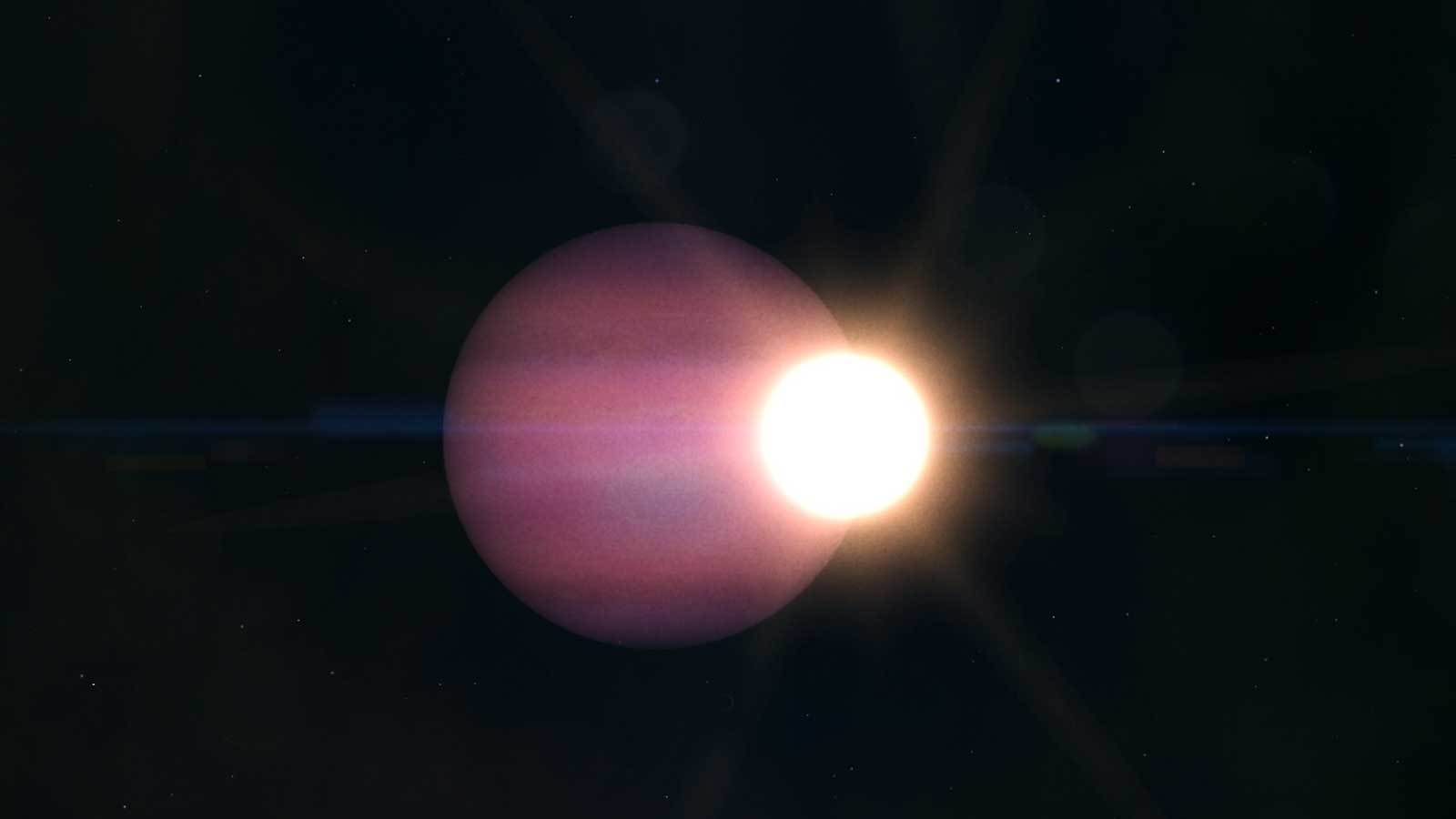
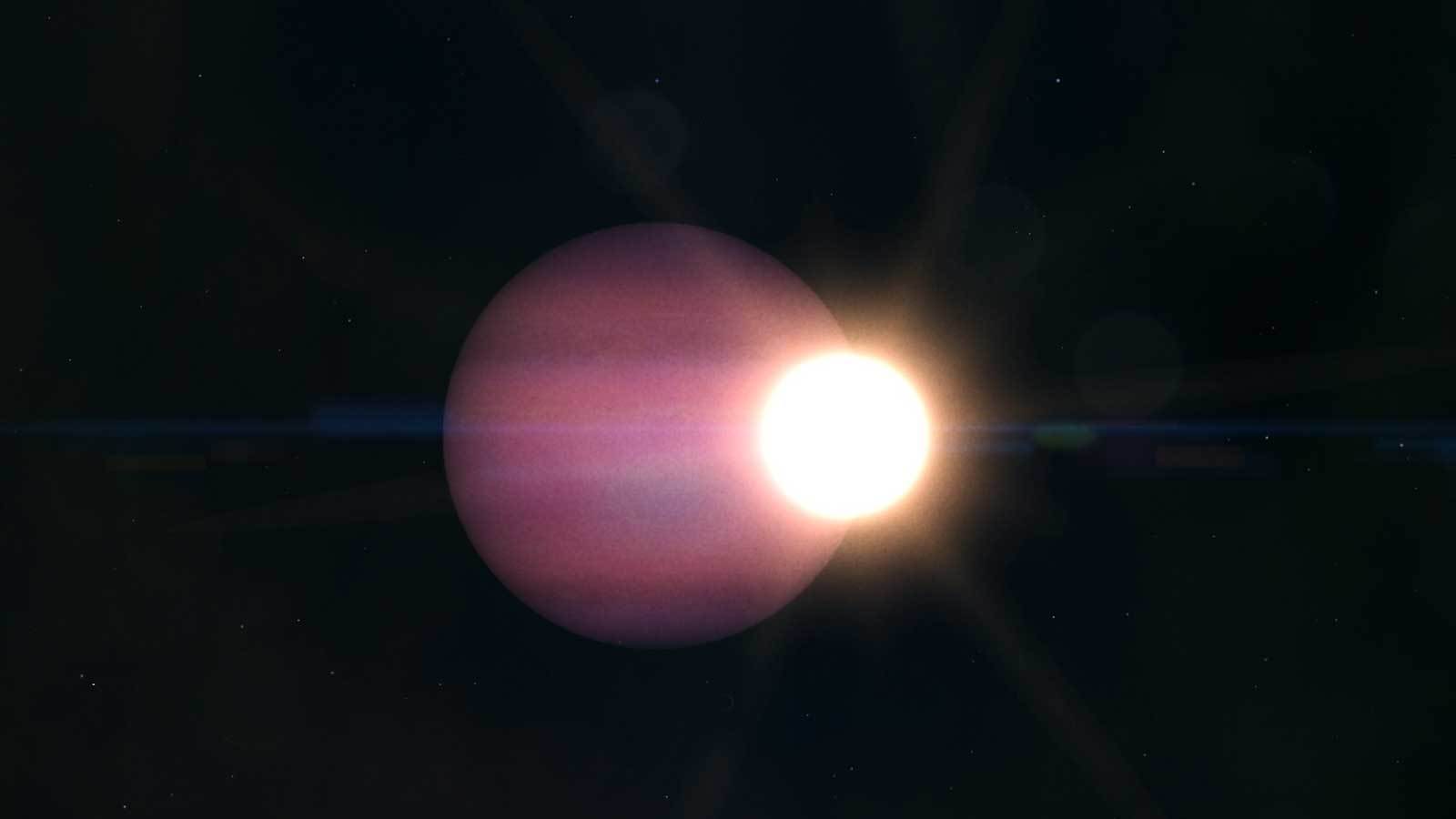
Astronomers using the James Webb Space Telescope (JWST) have detected the first planet seen orbiting a dead star, offering new insights into how planets evolve during the final stages of a star’s life.
The James Webb Space Telescope‘s observations of the exoplanet, named WD 1856+534 b, also confirm it is the coldest exoplanet to date, which could pave the way for the first detailed atmospheric studies of gas giant exoplanets and help us contextualize our solar system on a cosmic scale.
“We were all a bit surprised — and excited — to find that it was, in fact, a planet, and a really cold one at that,” Mary Anne Limbach, an astronomer at the University of Michigan, who led the new study, told Space.com.
WD 1856+534 b, a Jupiter-size world located about 80 light-years from Earth, was first discovered in 2020. It orbits a white dwarf — the remnant core of a once sun-like star — every 1.4 days. Initially, scientists were unsure whether the object was a planet or a brown dwarf, the so-called “failed stars” of the universe, because they only had limited temperature data about it from the now-retired Spitzer Space Telescope. New data from the JWST, however, have now provided far more sensitive measurements, enabling astronomers to directly detect the planet’s light and measure its mass and temperature.
The results confirmed that WD 1856+534 b is indeed a planet.
What makes this confirmation especially intriguing is the planet’s survival in the so-called “forbidden zone” of its star — a region so close to the white dwarf that any world within should have been destroyed when the star expanded during its red giant phase, growing to many times its original size before shrinking into its current, dense, Earth-size form.
“This is compelling evidence that planets can not only survive the violent death of their star, but also move into orbits where we didn’t previously necessarily expect them to exist,” said Limbach. Beyond refining models of planetary evolution, the findings suggest that such migration might be key to moving planets into the “habitable zones” of white dwarfs where life as we know it could emerge.
“It’s a fascinating process, and this confirmation gives us the first observational proof that it can happen,” Limbach said.
At a frigid -125 degrees Fahrenheit (-87 degrees Celsius), WD 1856+534 b is the coldest planet ever directly observed, surpassing the previous record-holder, Epsilon Indi Ab, which stands at around 35 degrees Fahrenheit (2 degrees Celsius).
While the JWST hasn’t yet reached its theoretical capability of detecting planets as cold as -324.67 degrees Fahrenheit (-198.15 degrees Celsius), upcoming programs aim to reach that threshold. And, if all goes to plan, those forthcoming data would accelerate detections of temperatures, ages and masses of exoplanets similar to Jupiter and Saturn.
Related Stories:
“That’s a big step forward,” said Limbach. “It’s a rare opportunity to place our own solar system in a broader galactic context.”
Limbach and her team plan to conduct a second JWST observation of the WD 1856+534 system this July. By comparing the system’s position to background stars a year after the initial observation, researchers hope to spot any additional planets that might be gravitationally bound to the star.
Detecting another planet could explain how WD 1856+534 b migrated to its current close orbit around the white dwarf. Even if no other planets are found, the follow-up data will help astronomers narrow down other possible explanations of how worlds like WD 1856+534b end up orbiting white dwarfs at such a close range, said Limbach.
“Either way, it’s a crucial next step in figuring out how these systems evolve.”
This research is detailed in a preprint paper posted to the archive arXiv that has yet to be peer reviewed.
Stay Informed With the Latest & Most Important News
Previous Post
Next Post
-
 012024 in Review: Highlights from NASA in Silicon Valley
012024 in Review: Highlights from NASA in Silicon Valley -
 02Panasonic Leica Summilux DG 15mm f/1.7 ASPH review
02Panasonic Leica Summilux DG 15mm f/1.7 ASPH review -
 03How New NASA, India Earth Satellite NISAR Will See Earth
03How New NASA, India Earth Satellite NISAR Will See Earth -
 04And Thus Begins A New Year For Life On Earth
04And Thus Begins A New Year For Life On Earth -
 05Astronomy Activation Ambassadors: A New Era
05Astronomy Activation Ambassadors: A New Era -
06SpaceX launch surge helps set new global launch record in 2024
-
 07Space Force plans new ‘Futures Command’ amid pressure to speed up modernization
07Space Force plans new ‘Futures Command’ amid pressure to speed up modernization












